Prepare for takeoff as we journey through the fascinating evolution of human flight, a tale that begins with the Wright brothers’ audacious leap into the air in 1903. From their bumpy ride over North Carolina's sands to today's ultra-sleek airliners and the futuristic promise of space tourism, this article charts a course through aviation history. So, buckle up and enjoy this high-flying odyssey that showcases human ingenuity, from dizzying speeds and supersonic wonders to the tranquil quest for sustainability. It’s a story that proves we’ve never stopped reaching for the stars.
The Dawn of Human Flight: The Wright Brothers' Legacy
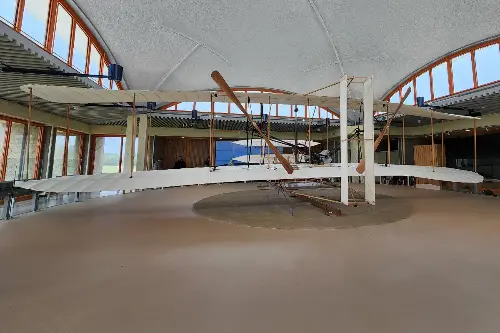
One cannot discuss the remarkable journey of human flight without first tipping our hats to a pair of visionary siblings—Orville and Wilbur Wright. In the early 20th century, these pioneering inventors melded courage with ingenuity to transcend the boundaries of earth's gravity. On December 17, 1903, near Kitty Hawk, North Carolina, they accomplished what was once thought impossible: sustained, controlled flight in a heavier-than-air machine. This remarkable feat was not an overnight success but the culmination of rigorous experimentation and unfailing determination. The Wright Flyer, as it became known, soared for 12 seconds, covering 36.5 meters, and forever changing the course of human history and transportation.
In the wake of the Wright brothers' groundbreaking achievement, the field of aviation burgeoned as new technology and daring aviators emerged. Rapid advancements during World War I accelerated aircraft development with the incorporation of more powerful engines, better aerodynamic designs, and the introduction of metal frames over wood. Civil aviation took off in the 1920s and 1930s as aeroplanes evolved from mail carriers to passenger transport, bringing about airlines and airports that began connecting the world like never before.
A New Frontier: The Jet Age
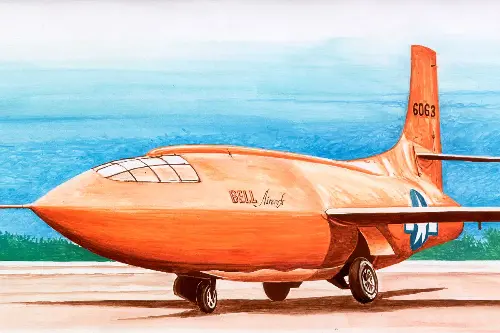
The advent of the jet engine in the mid-20th century truly marked a new chapter in aviation. Civil aviation was revolutionised post World War II with the introduction of commercial jet airliners like the de Havilland Comet and the Boeing 707. These jets reduced travel time significantly while providing far greater efficiency and comfort, fuelling an era of mass air travel. The iconic sound barrier-breaking moment by Chuck Yeager in 1947, aboard the Bell X-1, was symbolic of the new potential for speed in human transport, briefly making the whole world gasp in wonder and admiration.
The Supersonic Leap: Concorde and Beyond
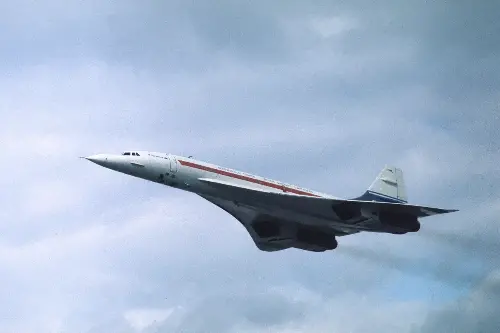
The pursuit of speed saw the advent of the supersonic passenger airliner, epitomised by Concorde in the 1970s. A marvel of engineering, it was the result of a French-British collaboration, whisking privileged passengers across the Atlantic in under half the time of conventional aircraft. With its delta wings and Olympus engines, Concorde reached speeds of over 2,180 kilometres per hour. However, despite its technological triumphs, the dream of supersonic commercial flight faded due to high operational costs, environmental concerns, and the tragic accident in 2000.
Modern Aviation: The Quest for Efficiency and Sustainability
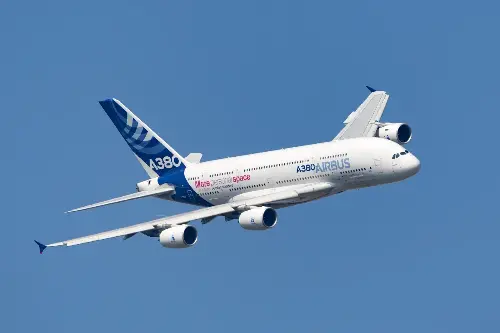
Today's aviation industry is less about the simple allure of speed and more about efficiency, safety, and environmental sustainability. The Airbus A380 and Boeing 787 Dreamliner are symbols of modern air travel, prioritising passenger comfort, fuel efficiency, and reduced emissions. Engineers and designers focus on cutting-edge materials, such as carbon-fibre composites, to develop lighter and more efficient aircraft.
The Vision for Tomorrow: Electric Flight and Beyond
As we look to the future, the skies hold unparalleled potential for further transformation in human flight. The race is on for creating viable electric aircraft, with numerous startups and established companies exploring electric propulsion systems aimed at reducing aviation's carbon footprint. Concepts like vertical takeoff and landing (VTOL) vehicles and urban air mobility (UAM) suggest a future where flying taxis dart between city skylines, offering a new dimension to daily commute.
The Final Frontier: Space Tourism and Interplanetary Travel
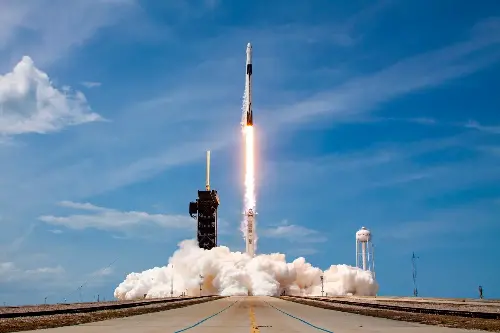
Beyond the confines of Earth's atmosphere, private aerospace companies are setting their sights on space tourism and even interplanetary travel. Pioneers like Elon Musk's SpaceX and Richard Branson's Virgin Galactic are working to make space accessible to more than just professional astronauts, inching closer to the realisation of commercial space flights and the possibility of one day colonising distant planets.
A journey that began with a fragile aeroplane on the sandy dunes of North Carolina has evolved into a ceaseless quest to conquer the skies and beyond. From propeller-driven canvases to massive double-decker jets and the tantalising prospect of off-world colonies, the story of human flight is an ongoing testament to our imagination and relentless pursuit to push boundaries. The sky was once the limit, but in this audacious journey of ascent, even the stars are now within our reach.
